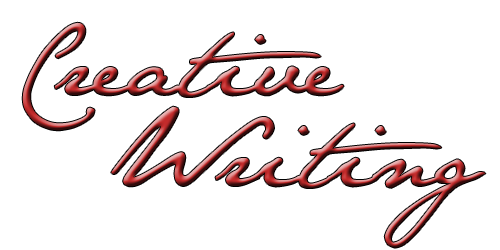P l o t
-
Like I mentioned before: Setting + Character = Plot.
Setting is the where/when, character is the who, and plot is the
why/what/how of your story. The plot IS your story. When you’re telling
someone what your favorite book is about, you’re telling that person
the story’s plot.

Click the
above image to see what a plot structure should look like
-
Situation vs. Story
- Situation: the set of circumstances that exist at
the start of the story
- Story: literally, what happens in your story
(explained more below).
-
Plot hinges on the desires/values of your characters.
What is your main character willing to fight for?
- Deus ex Machina: a technique where someone or
something “magically” appears and solves all of the story’s problems.
Please avoid this! Your readers are going to feel let down if your
story resolves itself so simply without any conflicts.
Conflict:
your character’s struggle. There are several different basic forms of
conflict. Here are some to consider:
- Man vs. Man
- Man vs. Self
- Man vs. Nature
- Man vs. Society
- Man vs. Machine
- Man vs. God/Spirituality
- Man vs. Everybody
- Your protagonist must consider his conflict as important
as if he was fighting a war.
Structure
of
the Plot
- It’s all about timing/chronology
- A short story can be anything from a few minutes long to
a year or two (with a time jump)
- Can follow one person through a day or moment/event
- Conflict must be confined – the magnitude and frequency
of events must be kept in check in a short story
|

